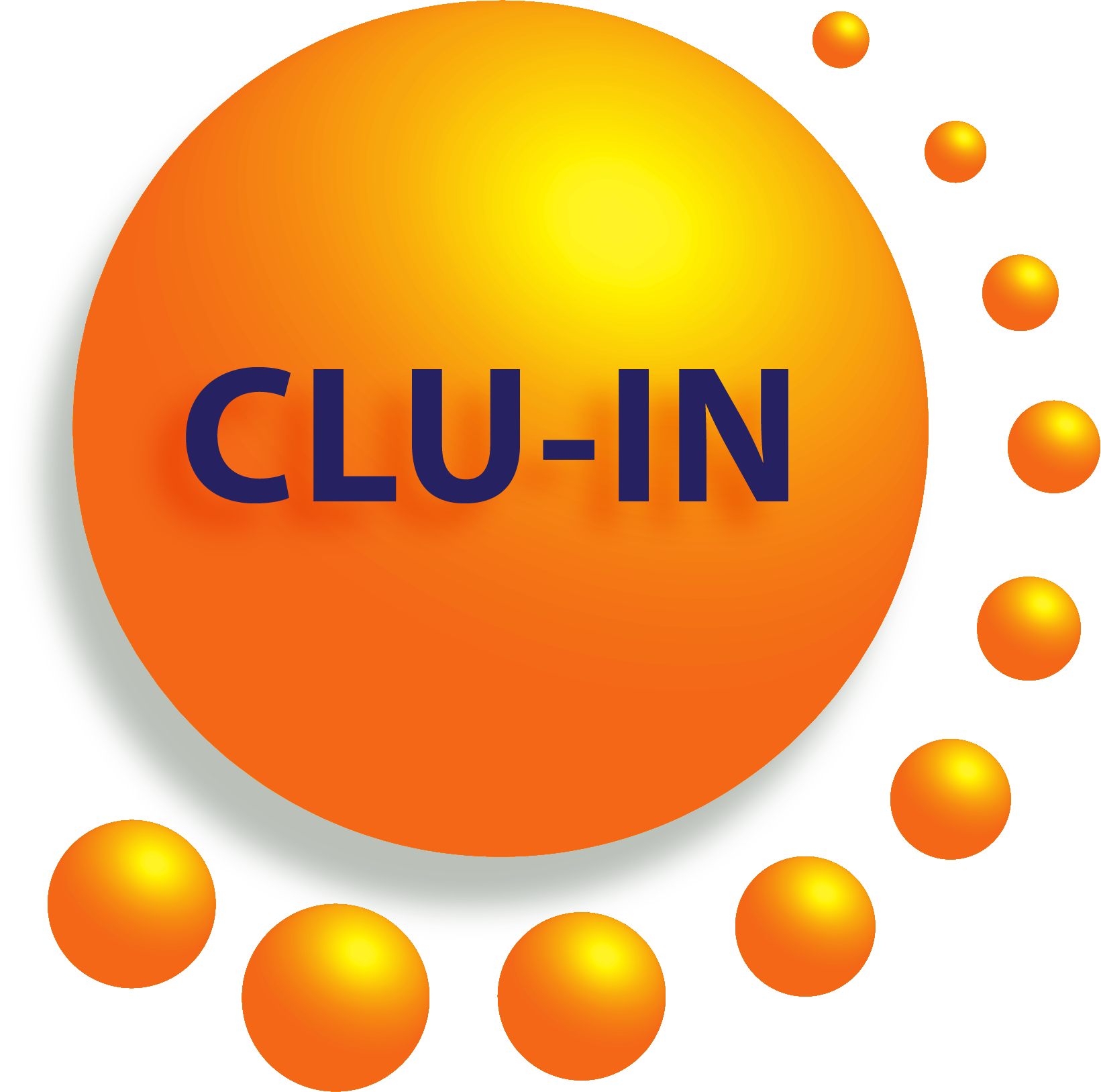Training & Events
Upcoming Webinars
CLU-IN's ongoing series of Internet Seminars are free, web-based slide presentations with a companion audio portion. We provide two options for accessing the audio portion of the seminar: by phone line or streaming audio simulcast. More information and registration for all Internet Seminars is available by selecting the individual seminar below. Not able to make one of our live offerings? You may also view archived seminars.
Have a topic or idea for a future webinar? Please contact:
Technology Integration and Information Branch
PH: 202-566-0832 | Email: balent.jean@epa.gov
Technology Integration and Information Branch
PH: 202-566-0875 | Email: adam.michael@epa.gov
July 2025
-
Lead Risk Assessment: A Comprehensive Guide to IEUBK, ALM, and AALM Models
This webinar will be hosted by the EPA Superfund Technical Review Workgroup (TRW) Lead Committee to assist Superfund and RCRA Corrective Action risk assessors in the use of the Integrated Exposure Uptake Biokinetic (IEUBK) Model for Lead in Children,...
-
Lead Risk Assessment Model Training: A Guide to the IEUBK, ALM, and AALM Models
This webinar will be hosted by the EPA Superfund Technical Review Workgroup (TRW) Lead Committee to assist Superfund and RCRA Corrective Action risk assessors in the use of the Integrated Exposure Uptake Biokinetic (IEUBK) Model for Lead in Children,...
September 2025
-
ITRC: Pump & Treat Optimization
ITRC's Pump & Treat (P&T) Optimization training aims to summarize existing information and best practices while also developing a systemic and adaptive optimization framework specifically for P&T well-network design and management. P&T systems have b...
-
Sediment Cap Chemical Isolation Training
In 2023, ITRC published the Sediment Cap Chemical Isolation Guidance to supplement the 2014 Contaminated Sediments Remediation Guidance with the goal of improving consistency in sediment cap performance outcomes. Sediment capping is a commonly select...
-
1,4-Dioxane: Science, Characterization & Analysis, and Remediation
In 2020, ITRC's 1,4-Dioxane team created multiple tools and documents that provide information to assist all interested stakeholders in understanding this contaminant and for making informed, educated decisions. Since the 1950s, 1,4-Dioxane has seen ...
-
ITRC: Managed Aquifer Recharge (MAR)
The ITRC Managed Aquifer Recharge (MAR-1) Training is intended for state regulators and stakeholders who may not be familiar with the opportunities and challenges associated with MAR. It provides a basic understanding of MAR concepts, along with case...
October 2025
-
ITRC: Overview of the Tire-Derived Chemicals 6PPD & 6PPD-quinone
In October 2024, ITRC released the 6PPD & 6PPD-quinone Guidance Document to provide environmental professionals and communities with information about the current science and regulatory framework of 6PPD and 6PPD-quinone (6PPD-q). 6PPD-q is a contam...
-
ITRC: PFAS Chemistry
More information about this brand new course from ITRC coming soon....
-
ITRC: Contaminants of Emerging Concern (CEC) Identification Framework
In 2023, the ITRC Contaminants of Emerging Concern (CEC) Framework was published to help environmental regulatory agencies and other stakeholders identify, evaluate, and manage CEC's while acknowledging uncertainties in their environmental fate and ...
-
ITRC: Introduction to Hydrocarbons
Petroleum is a complex mixture of many compounds. Regulatory and technical guidance documents commonly focus on the hydrocarbon components of that mixture, or perceived risks that they present. However, focusing on a specific area of concern often ca...
-
ITRC: Reuse of Solid Mining Waste
Solid mining waste represents a significant quantity of waste material in the United States and around the world. Solid mining waste has a range of physical and chemical properties that make it both potentially valuable and potentially hazardous to h...
November 2025
-
ITRC PFAS Introductory Training
Per- and polyfluoroalkyl substances (PFAS) are a large and complex class of anthropogenic compounds whose prevalence in the environment are an emerging, worldwide priority in environmental and human health. The ITRC PFAS Team, formed in 2017, has pre...
-
ITRC: Microplastics
In response to one of the biggest emerging environmental concerns, ITRC formed the Microplastics Team in 2021 to develop the Microplastics Guidance Document. Plastics have become pervasive in modern life and are now used in a wide range of commercia...


Some comments we've received about Internet Seminars. . .